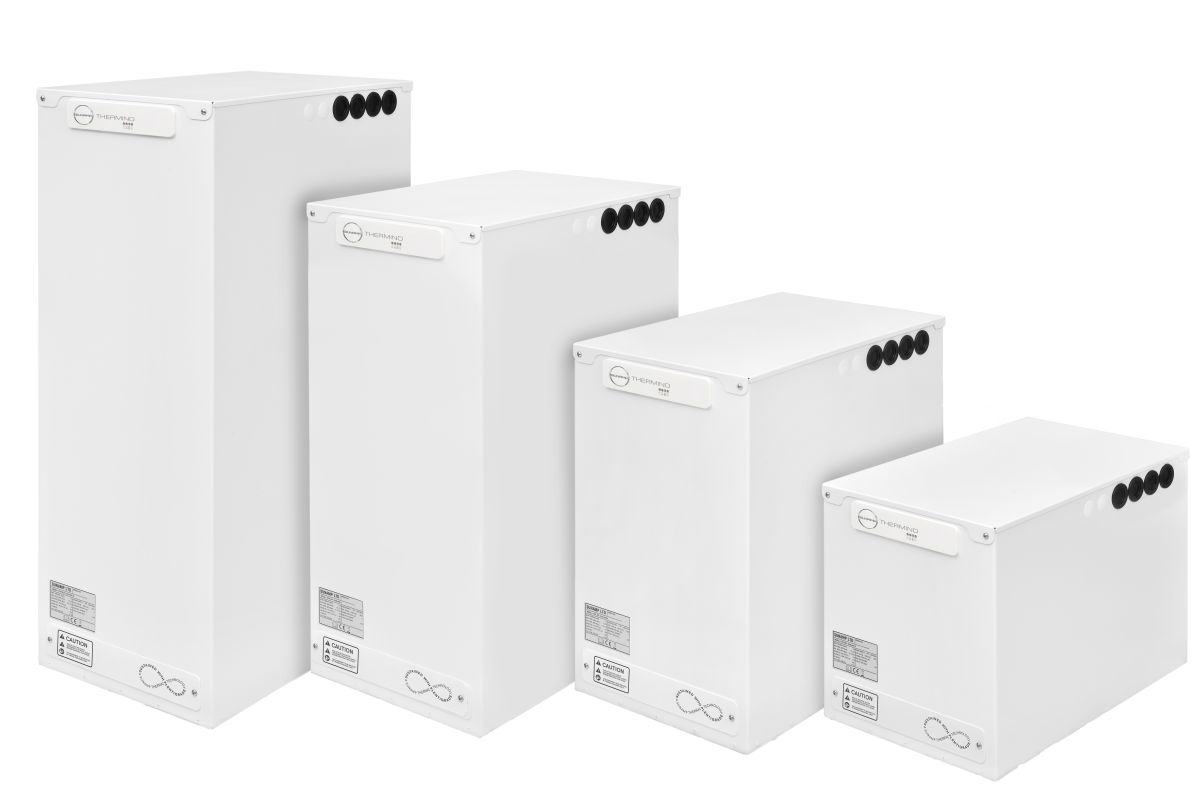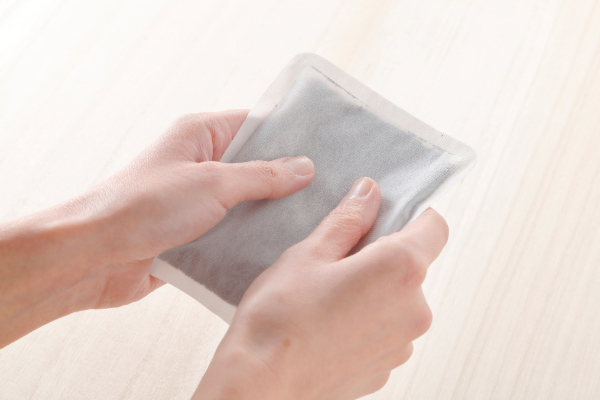Heat battery
A heat battery lets you store heat until you need it. You can use the stored heat for home heating and hot water.

What is a heat battery?
All batteries store energy. Heat batteries store heat energy that can then be used for hot water and space heating.
A number of different sources can charge the battery, from solar panels to a heat pump.
Since it supplies hot water, you’d use a heat battery instead of, or to replace, a hot water cylinder.
In the video below, Senior Retrofit Coordinator Marc Brammer from our EcoCosi retrofit service explains more.

How does a heat battery work?
It’s the same science that’s behind hand warmer packs. Handwarmer packs are filled with a solution which can change state. When this solution turns from a solid into a liquid, it absorbs heat. When it turns from a liquid to a solid, it releases heat.
A number of different systems can charge the battery, including a mix of several at once. Common examples are: solar panels, air source heat pumps, and log boilers.
Excess heat or electricity from one or more of these systems transfers to the solution inside the battery. The solution is known as a PCM (phase changing material). When you need heat from the battery, the PCM changes to a solid. This releases heat energy, which heats the water running through your home’s plumbing. It can be used for room heating or hot water.
Sunamp – a Scottish manufacturer of heat batteries – has a handy video explaining the process on their website.
Heat battery pros and cons
- Hot water on demand.
- Can be paired with renewable energy systems. This should cut both carbon emissions and your fuel bills.
- Smaller and more efficient than a hot water cylinder.
- The phase changing material (PCM) is very safe. It’s made of sodium acetate – the same additive used in salt and vinegar crisps.
- No risk of legionella as the battery stores heat, not hot water.
- Can be quite hot to the touch.
- You’ll need enough space to accommodate the size you choose. However, the battery is much more compact than a hot water cylinder.
Heat battery costs and funding
Costs
The cost of heat batteries varies significantly, depending on the size you need for your home. You’ll also need to pay for installation. We’d recommend getting quotes from at least three different installers where possible.
Funding
Currently, we’re unaware of any funding for heat batteries in Scotland. However, we’ll keep an eye out and update this page if any new grants or loans are announced.
How to use a heat battery
As with most batteries, once installed, the heat battery takes care of itself. All you should need to do is set the recharging times.
If the battery is connected to solar PV, then a power controller/diverter would also be installed. This automatically works out the best way to use the electricity from your panels. This includes sending surplus electricity to the heat battery.
The heat battery should also have a boost function which lets you charge it right away, rather than during the set charging times. This can be used in an emergency, if your heat pump or boiler breaks down, to make sure you still get heat and hot water.

Changeworks delivers Home Energy Scotland in the south east and Highlands and Islands on behalf of the Scottish Government and Energy Saving Trust.
As well as providing free, impartial expert advice to thousands of people every month to help them to keep warm in their homes for less, they identify funding opportunities for households seeking to install energy efficiency measures.
For more information, give Home Energy Scotland a call on 0808 808 2282 or email and the team will be happy to help you.
Useful pages
Is this page useful?